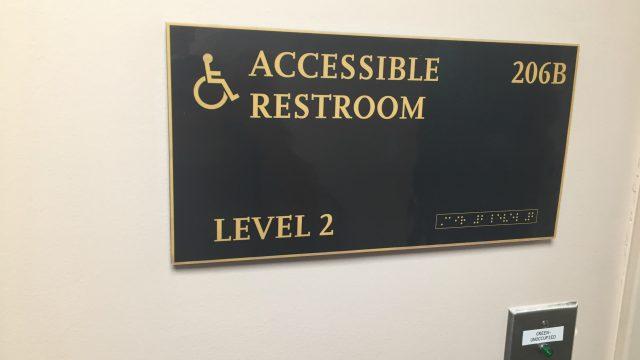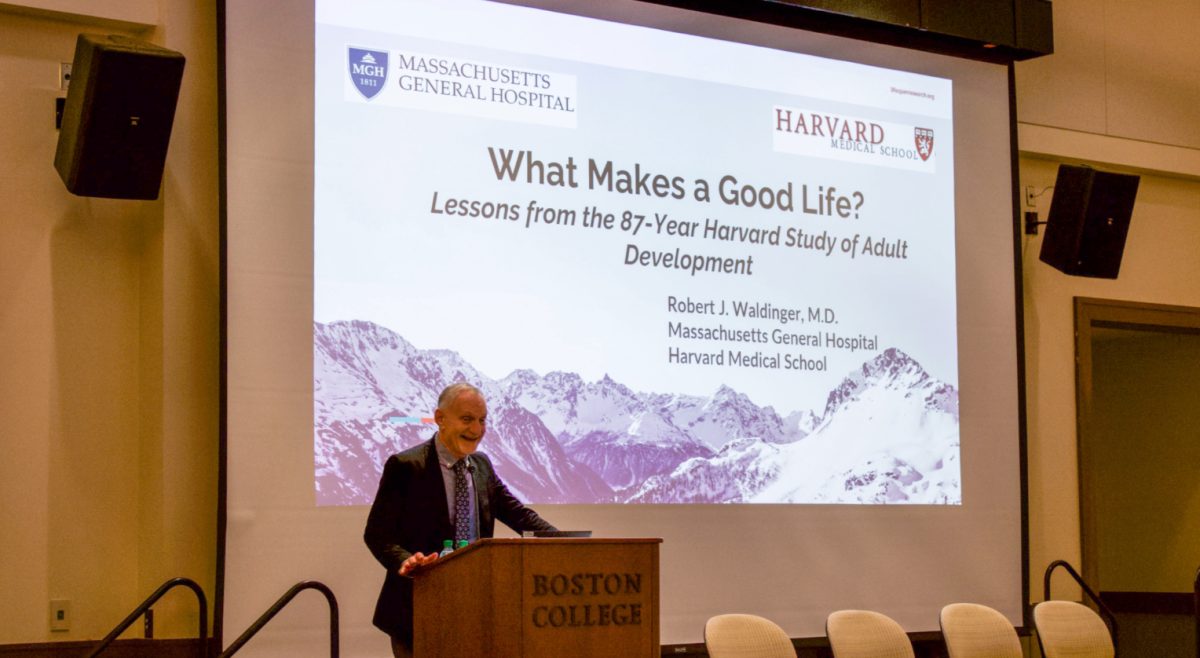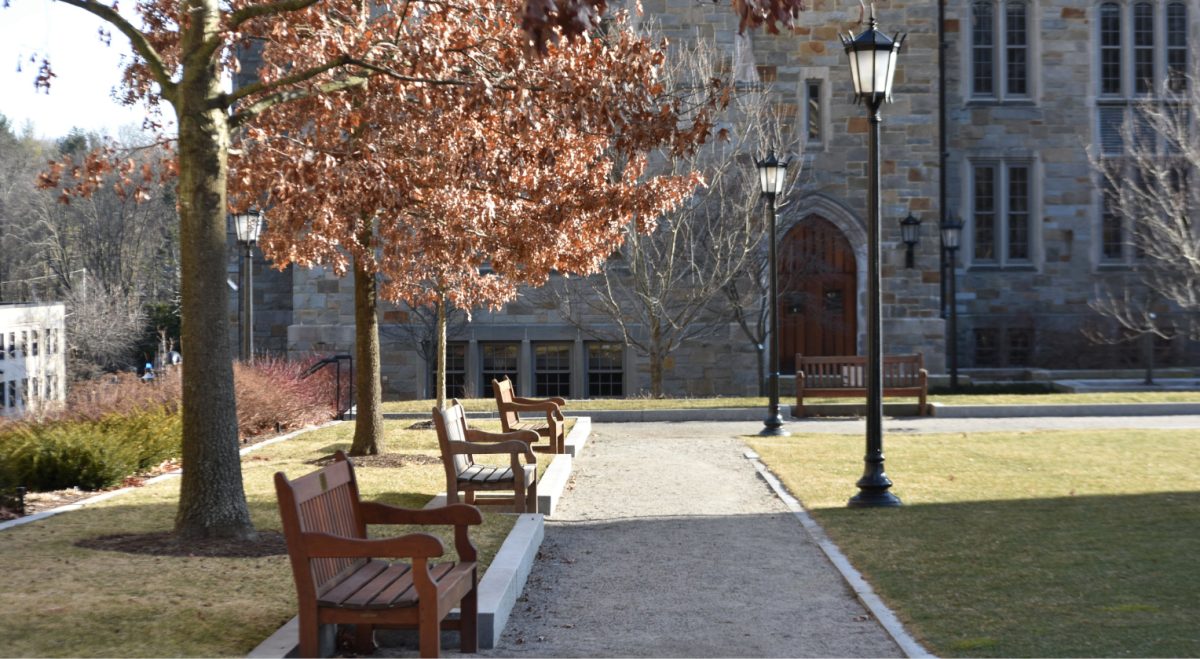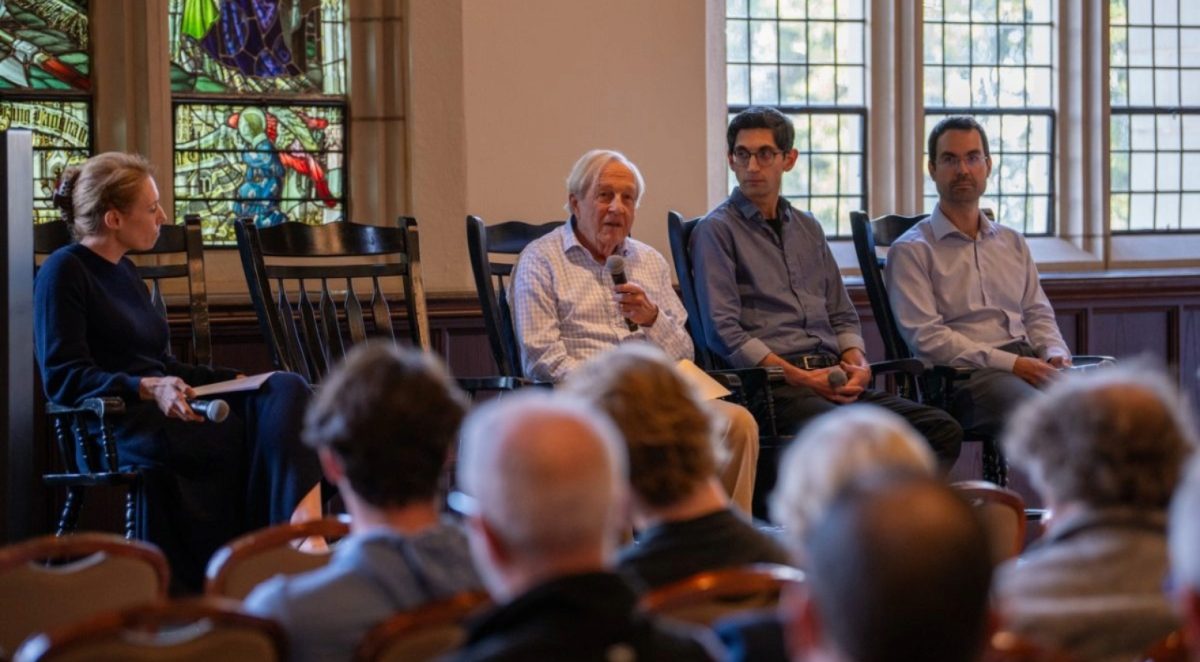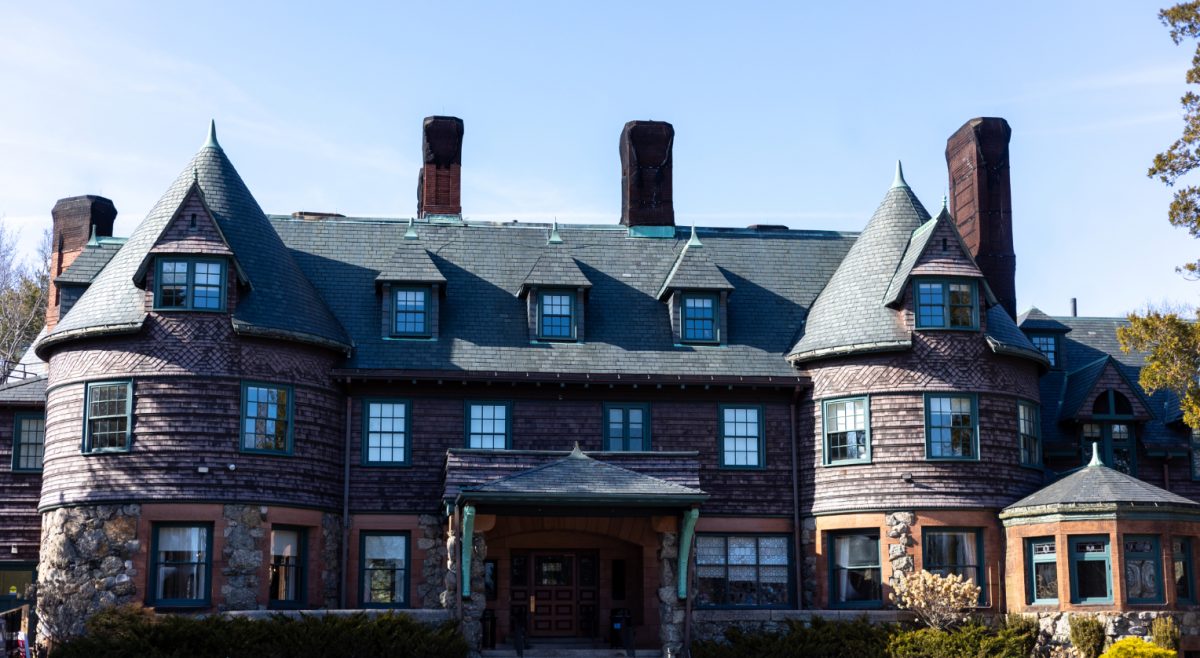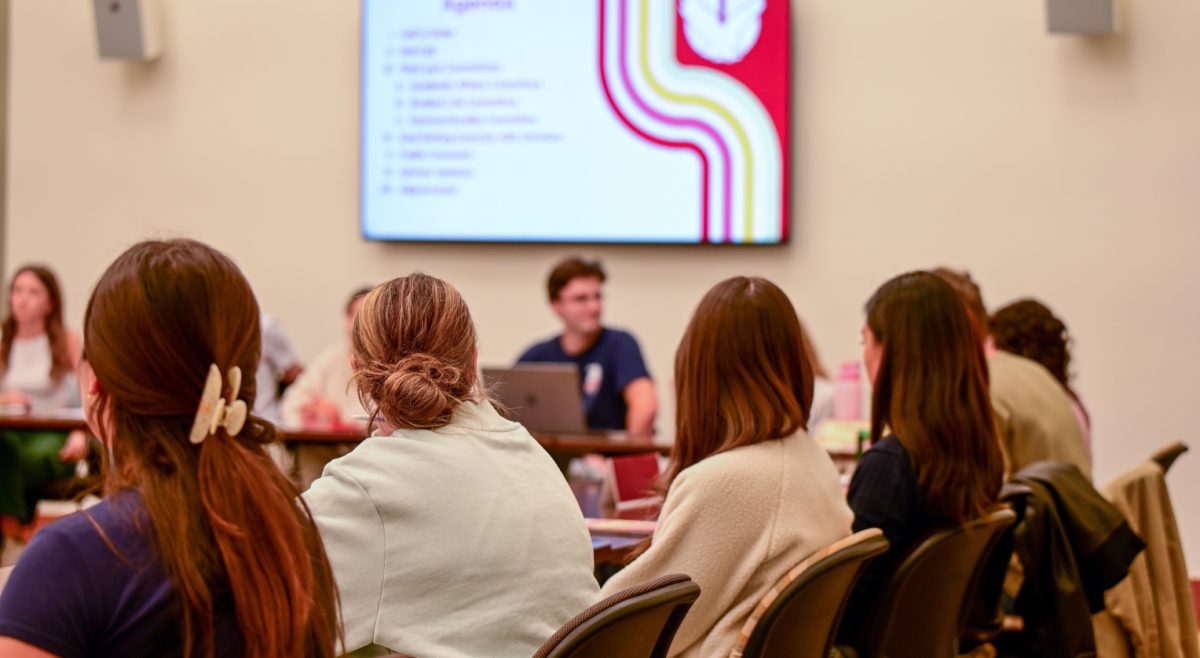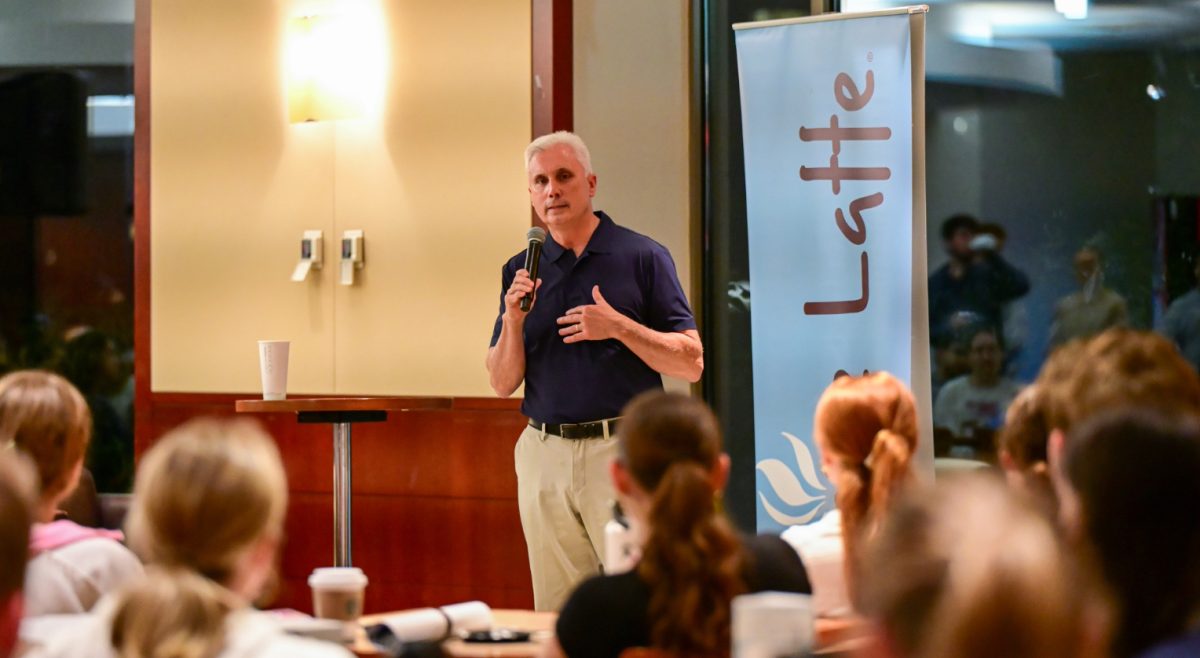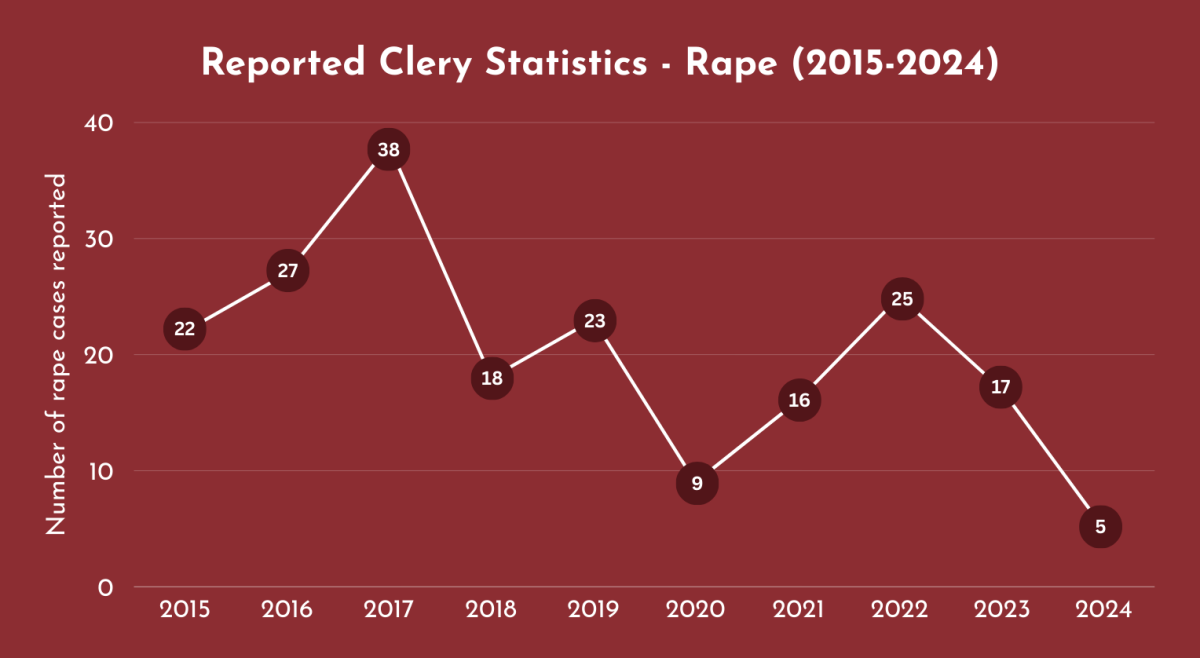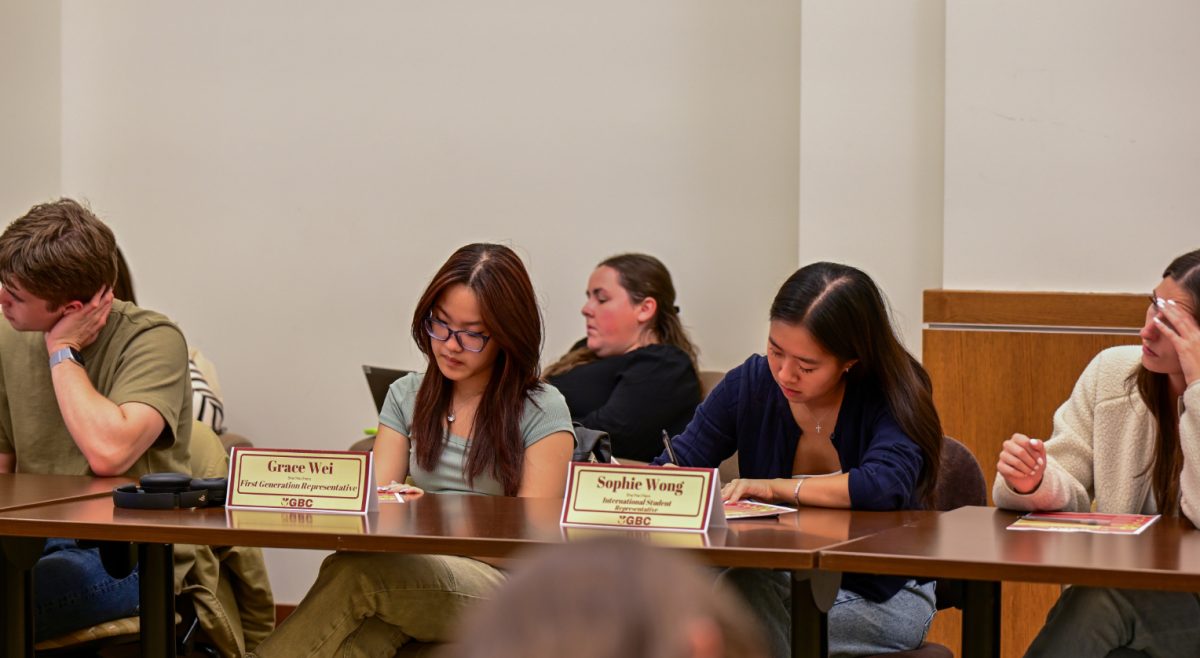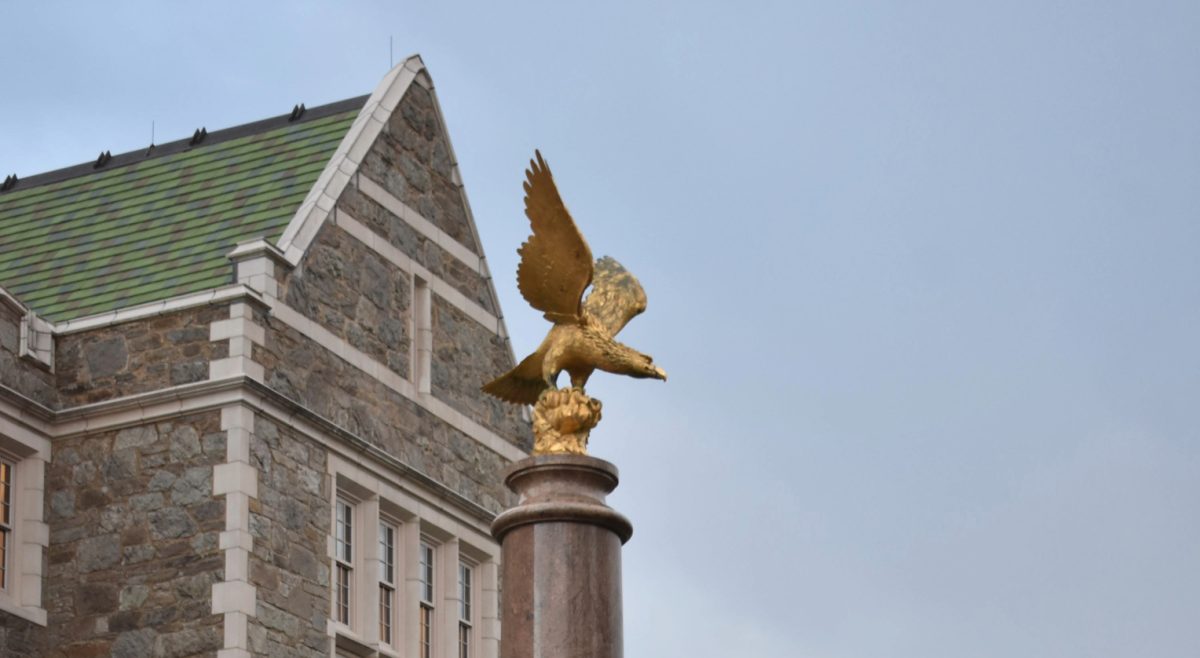The lack of braille signage at a number of locations on campus, as well as a sign with non-tactile braille in Bapst Library, has raised concerns from students who advocate for people with disabilities on campus. These concerns have since been addressed by Boston College via its Facebook page during a correspondence with a student.
Leslie Templeton, MCAS ’20, notified BC about the Bapst signage issue by messaging its Facebook page last week. A moderator of the Facebook page then responded, asking for the location of the non-tactile braille sign and in what other buildings non-tactile signs are potentially located.
On Wednesday afternoon, the page moderator told Templeton that they brought her concerns to the appropriate people and have learned they are in the process of redoing the signage in Bapst. They are expediting signage for accessible restrooms, and the permanent signs should be up in a few days, according to the message.
The non-tactile braille sign was found outside of an accessible bathroom, 206B, on the second floor of Bapst. The sign is a sticker, with braille dots printed on it that are not raised. The bathroom signs on the first floor of Bapst are also stickers that do not have braille on them. In addition, Bapst has few signs with braille that indicate the different rooms of the library. Other locations on campus have signs without braille or are missing signs altogether. These instances are in violation of section 216.2 of the American Disabilities Act (ADA).
“If somebody’s putting up a sign that has braille that is just print, that would not be compliant to any requirements at all.”
—Eugene Lozano, chair of the Braille Authority of North America Signage Committee
Dean of Students Thomas Mogan said in an email that he was not aware of the non-tactile braille signage and will look into the issue. At press time, Mogan was not able to get in touch with the appropriate people to discuss this issue.
The Undergraduate Government of BC’s Council for Students with Disabilities declined to comment on the situation.
The ADA requires that all permanent rooms and spaces have tactile signs, or signs with braille. These include restrooms, room and floor numbers and letters, and room names.
“If somebody’s putting up a sign that has braille that is just print, that would not be compliant to any requirements at all,” said Eugene Lozano, chair of the Braille Authority of North America Signage Committee.
The purpose of these requirements is to make buildings accessible to those who are visually impaired. Visual impairment includes more than complete blindness, but also those who are defined as legally blind. The purpose of these requirements is to also keep people safe. In the event of an emergency, such as a fire, someone who is visually impaired would use braille to identify which rooms they are travelling between.
There are several instances of signs across campus that are not tactile. The Rat does not have any sign outside of it. Signs in the Gasson stairwells that indicate the floor number do not have braille. Since the stairwells are considered permanent spaces, they are required to have tactile signs, according to Lozano.
Lozano said that to resolve the issues of the non-braille signage, students can file a complaint with a local ADA coordinator.
“A student does have the right to go straight to the U.S. Department of Education Office of Civil Rights to file a complaint, but it is always much better to start with the ADA coordinator,” he said.
Featured Image by Chris Russo / Heights Staff

